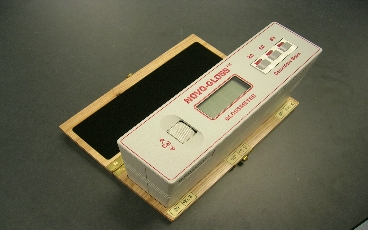Case 3
- Introduction
- Causes of Defects
- Good Practices
- Standards
- Maintenance and Diagnostics
- Remedial
- Similar Cases
- References
Maintenance and Diagnostics
Maintaining clean surfaces will greatly reduce the opportunity for corrosion. Avoid surface scratching and the use of bleaching agents during cleaning. Use scrubbers and polishing tools and rinse with clean water.
| Surface Condition | Cleaning Method |
| Dust and other stains | Use soap, soft detergent in warm water |
| Labels and protective film | Use soft detergent in warm water, and use alcohol or organic solvent for adhesives |
| Fat, oil, grease contamination/stains | Use soft cotton or paper, then use neutral detergent or ammonia solution/solvent or use special detergent chemicals |
| Bleaching agent and other acidic adhesive | Rinse with water immediately, soak in ammonia bicarbonate soda solution and clean with warm water or use detergent |
| Carbon organic and inorganic substances, carbon adhesion | Soak in neutral detergent or ammonia solution/solvent before cleaning, use detergent with polishing material |
| Fingerprints | Use organic solution (ether or benzine) on cotton and rinse with water. |
| Rainbow pattern | Usually caused by over use of detergent or oil. Use warm water and neutral detergent |
| Discoloration after welding | Clean with 10% of nitric acid solution or non-oxalic acid, neutralize in ammonia or bicarbonate solvent or water. use special detergent products. |
| Rust from surface contamination | Clean with oxalic acid, sulfur acid, nitric acid(10%)or polishing detergent. Use special detergent products. |
Surface Conditions and Cleaning
When severe corrosive conditions are anticipated, a protective coating should be applied. A protective coating should be selected that is compatible with the corrosive environment.
Diagnostics of Defects (see also NDT)
Periodic inspection and tests are advisable to ascertain any other defects such as pitting corrosion, water leakages, wear and tear or negligence. Equipment can be used to detect defects accurately and quickly. It is recommended that the maintenance staff should respond as soon as possible once defect is detected.
Glossmeter

The glossiness of the panel can also be measured using a gloss meter.
Eddy Current Technique
The Eddy Current Technique (ECT) has likely become the most frequently recommended corrosion detection method for stainless steel. This technique uses electromagnetic induction to apply alternating “Eddy” currents to the pipe or tube. As the electromagnetic field interacts with the material, the impedance of the coil in the testing probe changes; the impedance paints the picture of the defect in the tube.